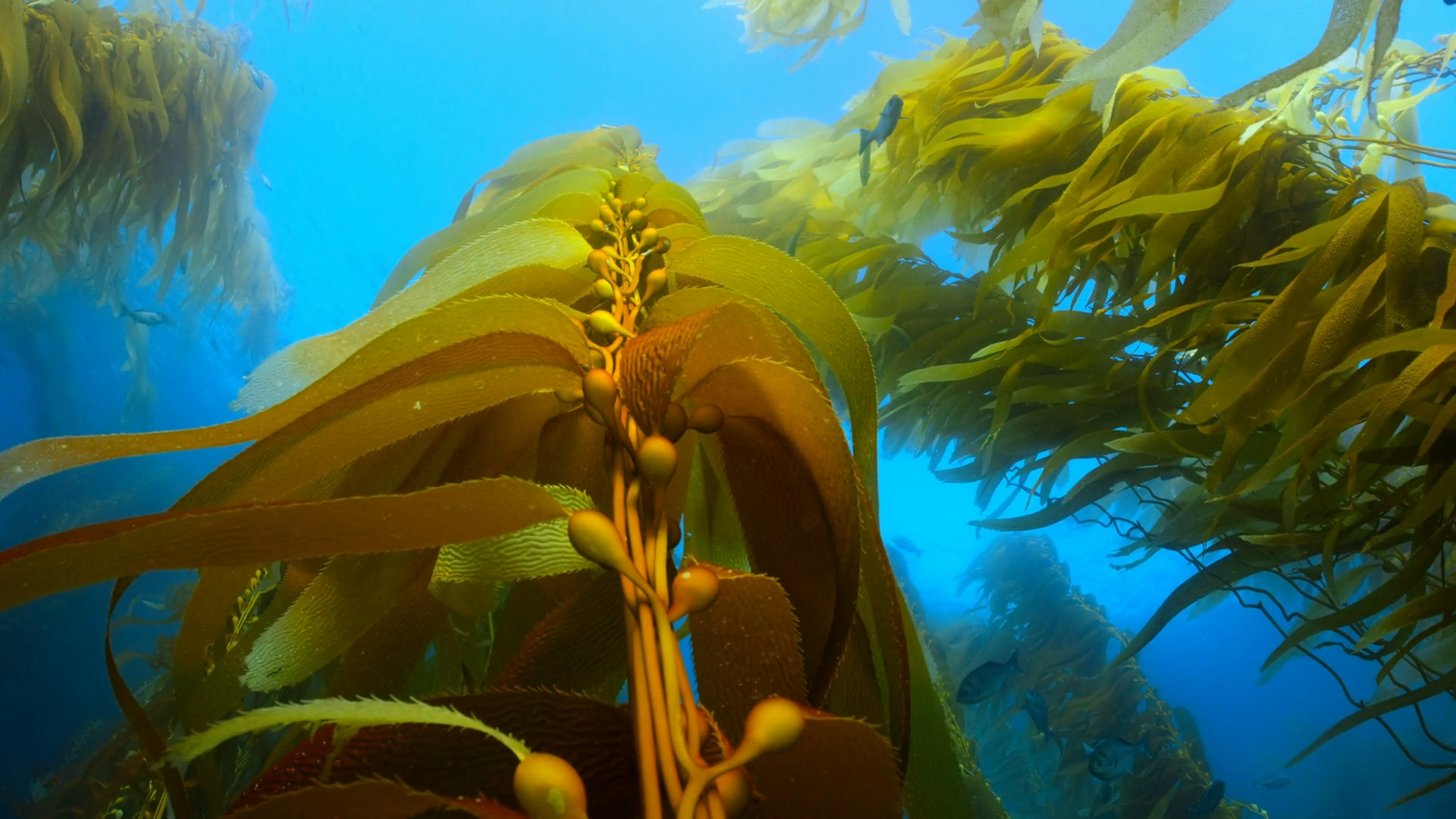Understanding and Mitigating Kelp Forest Losses Caused by Environmental Change in Aotearoa New Zealand

Kelp forests are essential marine habitats that form crucial and biodiverse ecosystems, reduce marine pollution via nitrogen and carbon sequestration, and boost local economies. However, these ecosystems are increasingly threatened by climate change-induced disruptions, such as marine heatwaves and ocean warming. To assess the extent of kelp forest loss in New Zealand (Aotearoa in te reo Māori) and whether seaweed functional groups had statistically significant responses to sea surface temperature (SST) anomalies, we analyzed species abundance and SST data from three locations: Port of Napier, Lyttelton Harbour, and Fiordland National Park. Our findings indicated that shallow sites were more sensitive to anomalous SST compared to deeper sites, and the subcanopy functional group had the strongest response (either increase or decrease) in overall cover in response to warm and cold anomalies. However, much of the variation in species abundance remains unexplained, suggesting other environmental factors like nutrient levels, salinity, and herbivory may play a role. We also performed two lab experiments to test how three habitat-forming native kelp species (Ecklonia radiata, Lessonia variegata, and Macrocystis pyrifera) are affected by 1) higher temperatures at early development stages and 2) how different surface cleaning treatments, which are necessary for limiting contamination in aquaculture facilities, may impact these early life stages. Higher temperatures inhibited development, and the Betadine cleaning treatment resulted in the most favorable development while suppressing contamination. The negative impact of warming on development underscores the vulnerability of kelp forest ecosystems and emphasizes the importance of conservation efforts to ensure their resilience.
Acknowledgements
UC Santa Barbara Bren School: Allie Caughman, PhD Student; Dr. Christopher Free, Research Professor; Dr. Steve Gaines, Dean & Distinguished Professor; Dr. Casey O’Hara, Postdoctoral Researcher
Cawthron Institute: Cecilia Biancacci, Seaweed Aquaculture Scientist; James Butler, Transdisciplinary Science Group Manager; Daniel Crossett, Marine Ecologist; Anaru Luke, Te Kāhui Āio Group Manager; Cath McLeod, Chief Science Officer; Courtney Moir, Technical Operations Technician; Rebecca McMullin, Coastal Ecologist; Petra Reid, Seaweed Technician; Paul South, Marine Ecologist; and the scientific diving team
UC Santa Barbara Marine Science Institute: Jenn Caselle, Research Biologist
We thank the UC Santa Barbara Bren School for the funding provided by the Summer Internship Funding stipend.
We thank all hui participants and survey respondents for sharing their knowledge.